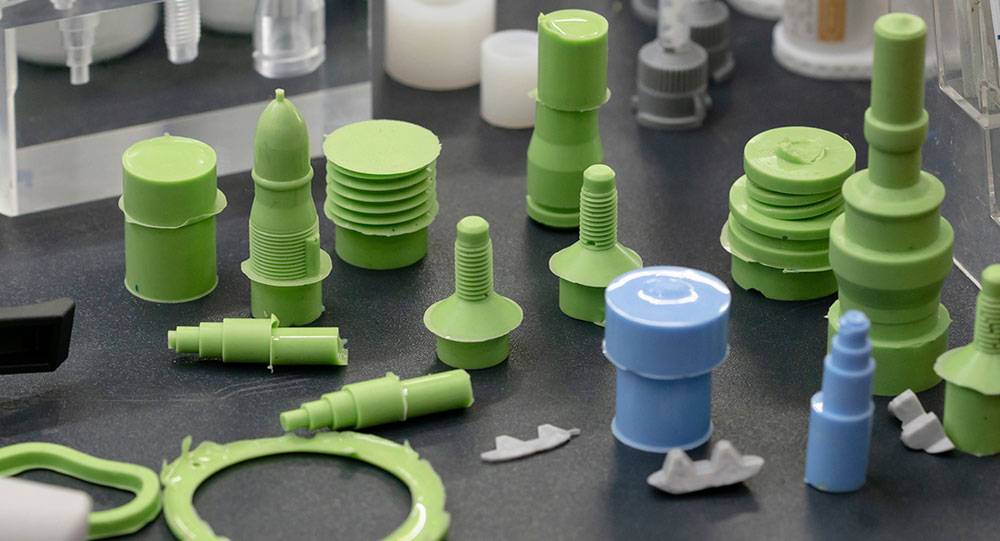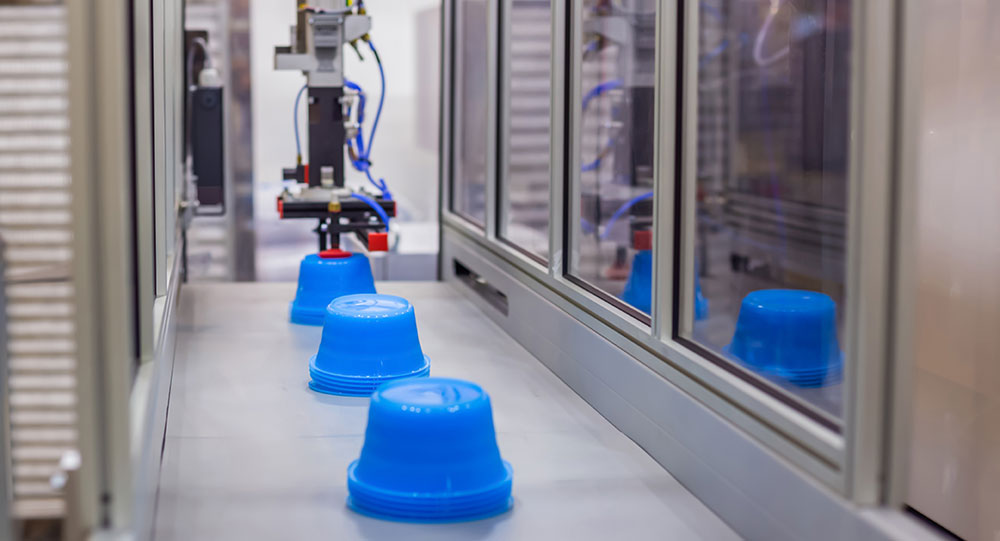Material cost is certainly an important factor when it comes to manufacturing any product as the business will need to be cost-efficient and stick to particular budgets. However, it is also important to make material decisions based on the product application.
Other characteristics to consider when deciding which material to injection mould include environmental conditions of the final product (such as temperature, UV and flame resistance), aesthetic features and ergonomic needs.


